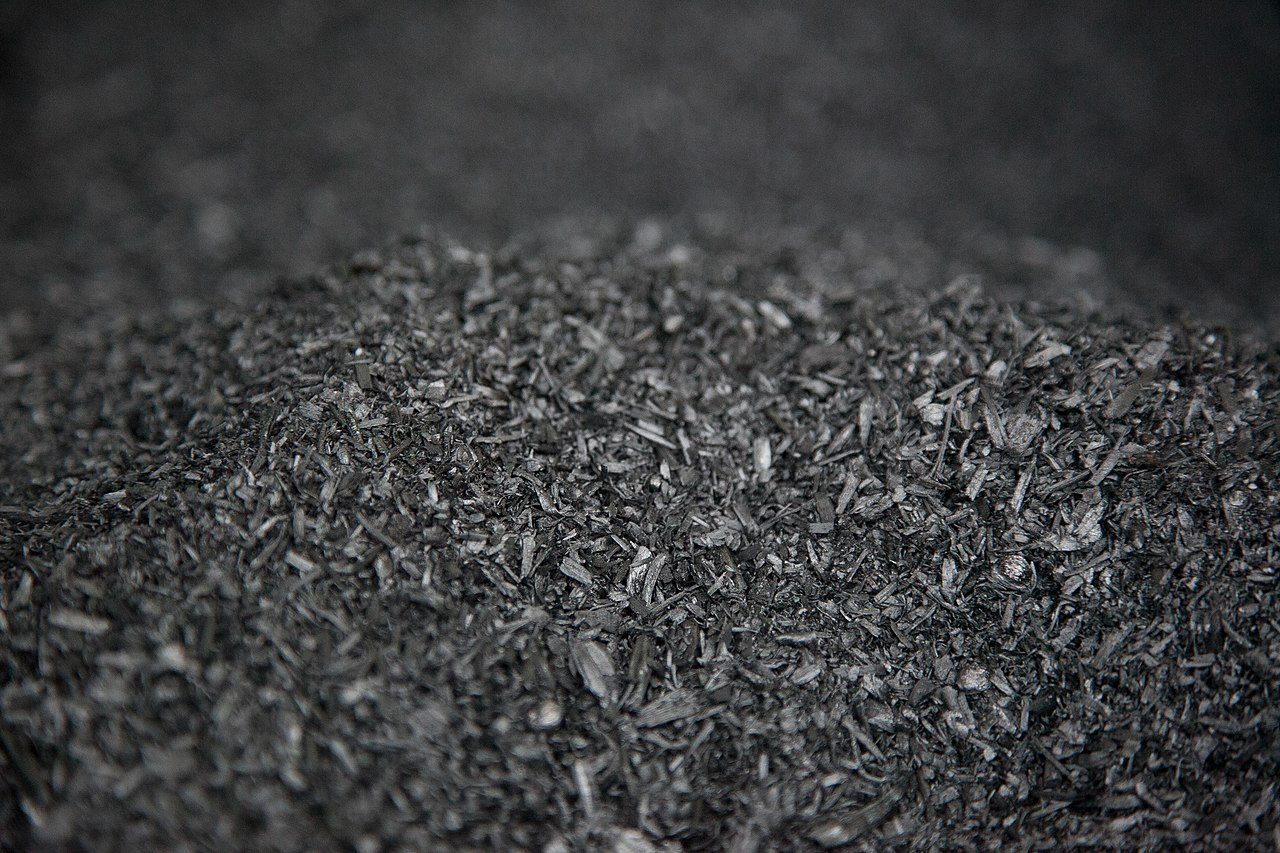The manufacturing of biochar contributes to carbon sequestration and provides usable bio-fuels in addition to the creation of biochar. Overall, biochar manufacturing is considered a carbon negative. This means that there is more carbon being removed from the atmosphere than would have been released under normal circumstances. Using pyrolysis, responsibly obtained biomass is processed in a low or no oxygen environment at high temperatures ranging from approximately 400 to 800 degrees Celsius. The majority of feedstock/biomass used in biochar manufacturing is obtained from the waste or byproduct from farm fields, like corn stover and grass, and the fallen or diseased trees removed by Forestry Departments from forests.
There are many different ways to make biochar, but all of them involve heating biomass with little or no oxygen to drive off volatile gasses, leaving carbon behind. This simple process is called thermal decomposition usually from pyrolysis or gasification. These methods can produce clean energy in the form of gas or oil along with the biochar. This energy may be recoverable for another use, or it may simply be burned and released as heat. It’s one of the few technologies that is relatively inexpensive, widely applicable and quickly scalable. But biochar technology is more than just the equipment needed to produce biochar. Biochar technology necessarily includes entire integrated systems that can contain various components that may or may not be part of any particular system.
If these feedstocks were left to decompose naturally a high percentage of their carbon content would be converted to carbon dioxide and released to the atmosphere. The conversion to biochar locks the carbon in a stable form that will not react with oxygen to produce carbon dioxide. The diagram (See Figure 2) shows the basic method for pyrolysis. In the manufacturing, there is the ability to recycle the heat from the pyrolysis to power the machinery. In addition, the heat given off by pyrolysis can be distributed as electricity for consumer use. If the feedstock is too wet and the moisture content greater than optimal levels for pyrolysis the heat from the pyrolysis reaction can be diverted to dry the feedstock prior to entry into the reactor cell. Therefore, the manufacturing of biochar has additional scientific merit to the stewardship of our environment and the positive application of biochar on farmland and gardens for the retention of fertilizer.

Figure 2.Pyrolysis Process Diagram – http://www.dynamotive.com

